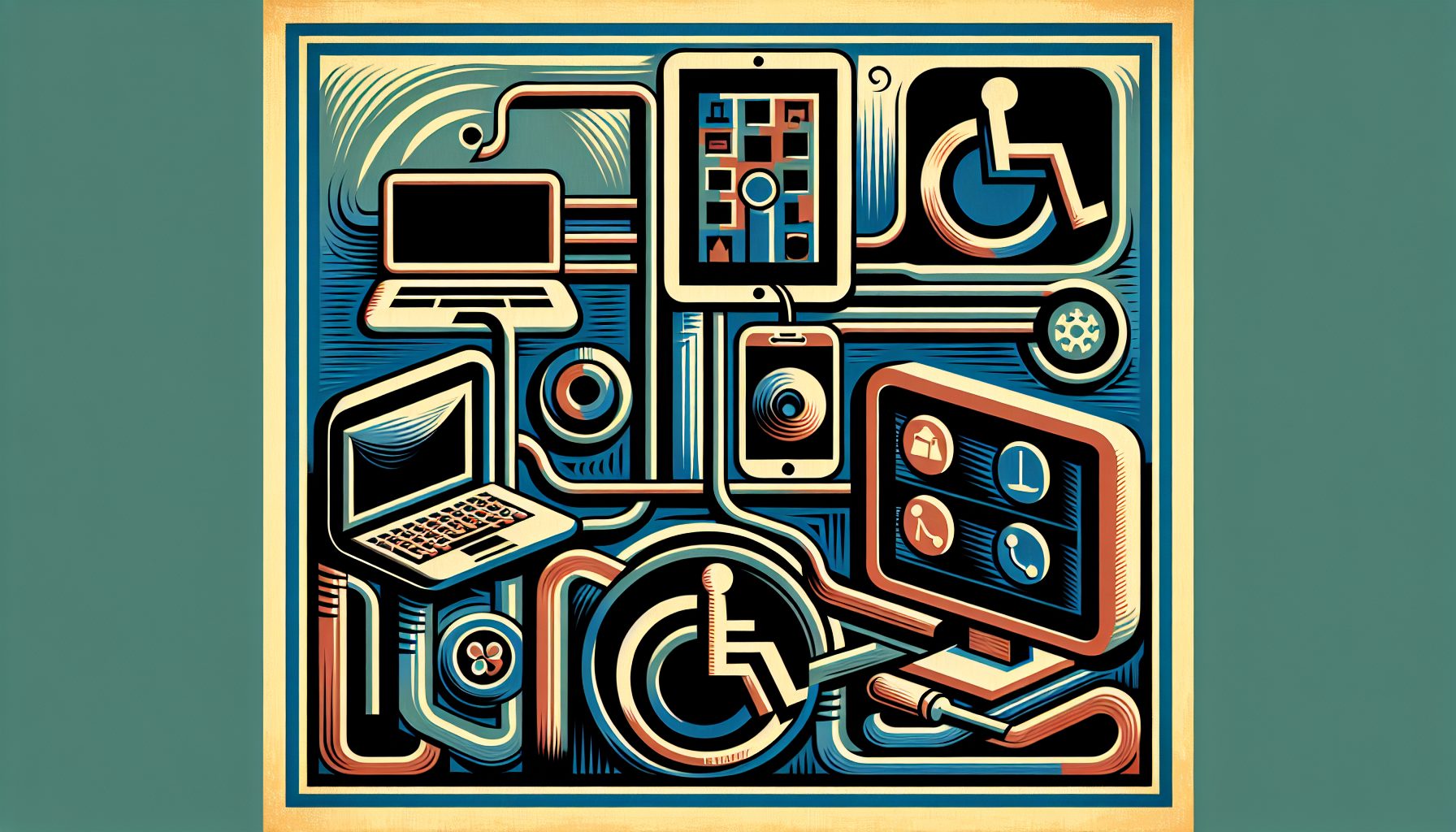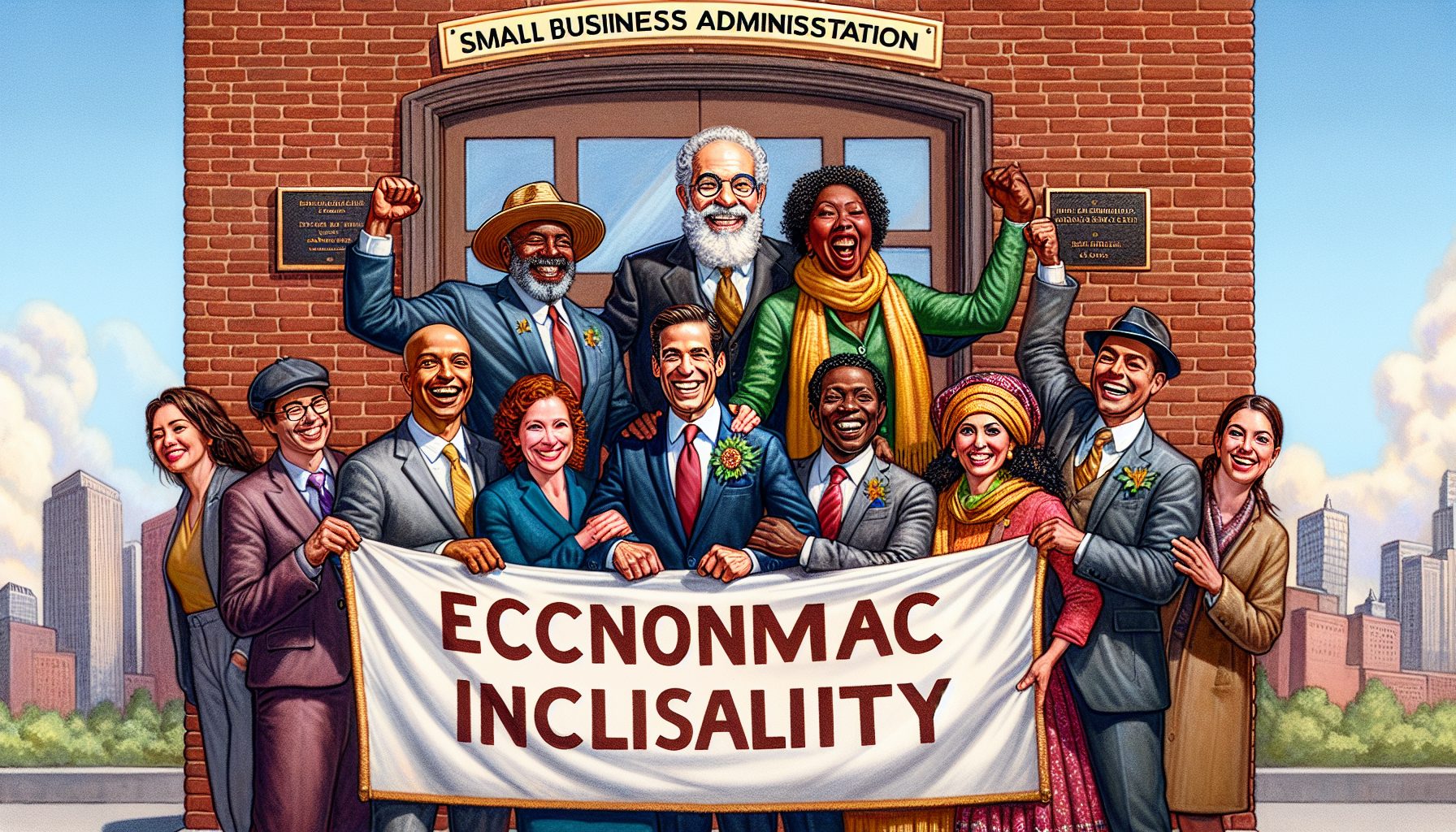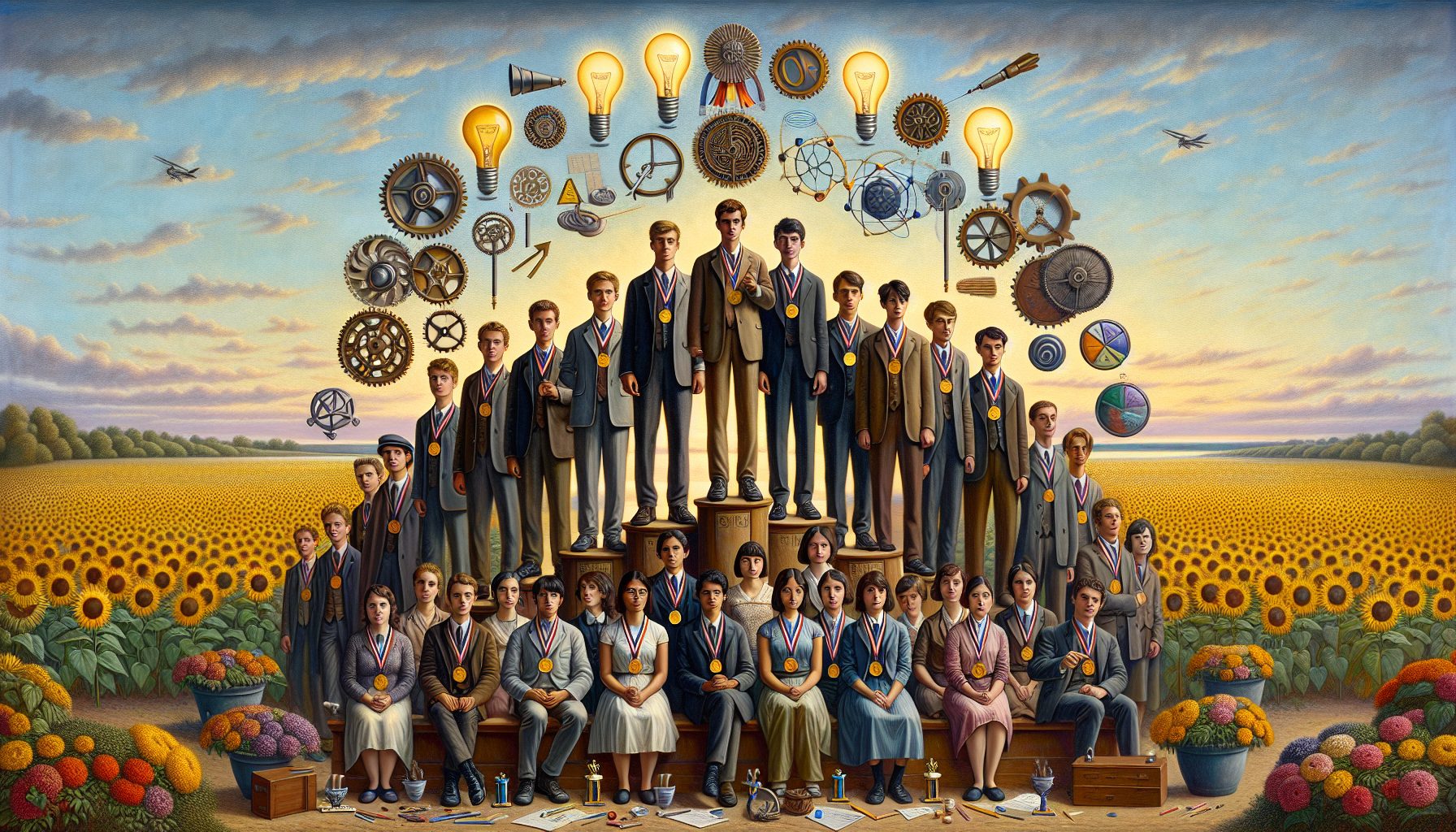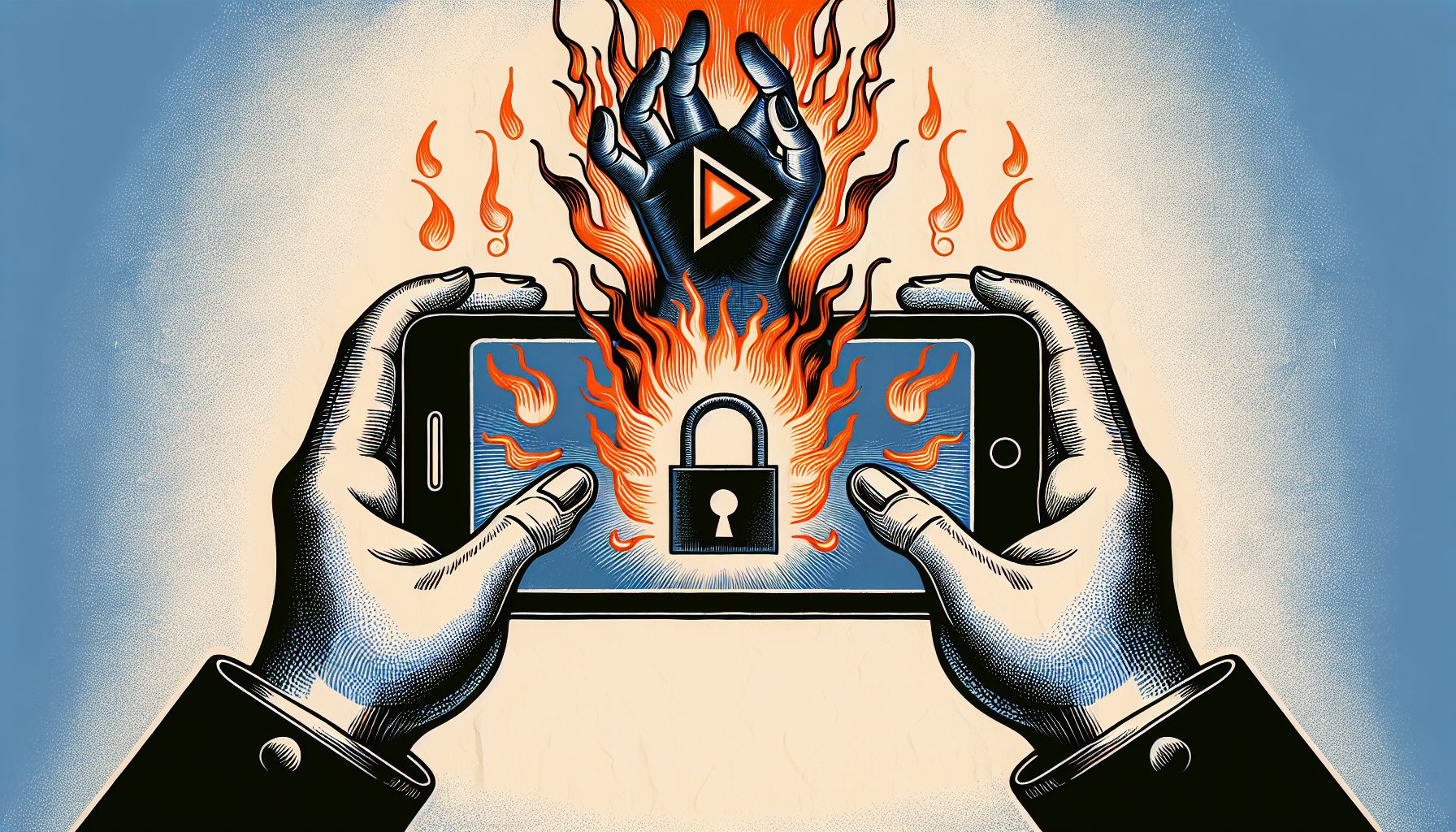Modern gaming is changing for the 3.3 billion gamers around the globe. The gaming industry is set to grow by 2.8%, reaching $189.3 billion this year, fueled by anticipated titles like Electronic Arts FC 24 and Star Wars Jedi; Survivor. Popular free-to-play mobile games such as Fortnite and Genshin Impact are attracting players contributing to industry expansion with advancements opening up new possibilities. Here are some current trends we’re observing;
Streamlined payments
The rise of the “freemium” gaming model has made it more convenient for players to start without cost. Gamers can dive into games for free at first, then opt to buy upgrades or premium features. This spending trend peaked, generating $67.5 billion in the quarter of 2023. As a result, fintech companies worldwide are stepping up to enhance player experiences by providing access to benefits through improved in-game items.
In the Middle East and North Africa region, where there are 67.4 million gamers, Tamatem Plus’s users can now leverage Tap Payments to access payment options, mobile wallets, and convenient buy-now-pay-late choices. These smart methods spare gamers from the hassle of entering their credit card details every time they make a purchase allowing them to get back into their games with a tap quickly.
Next-gen devices and accessories
With next-generation devices and accessories becoming increasingly popular, gaming compatibility has become a factor in those shopping for gadgets. Today, smartphones and dedicated gaming devices can handle usage and advanced graphics, enabling players to spend time immersed in their games. However, with the increased enjoyment of these devices comes risks to eye health. Fortunately, Oakley’s gaming glasses come equipped with Prizm Gaming 2.0 lenses that filter out 30% of light and offer an optimized field of view as a solution.
The Holbrook silhouette, a choice that is now available in an XL gaming size, is ideal for OLED and LED displays to maintain color accuracy and reduce glare. Incorporating blue light filtering to aid in eye comfort during gaming sessions, it is still recommended to manage screen time
Given that gamers remain seated for periods having the right gaming chair is crucial for enhancing focus and stamina. Logitech G and Herman Miller’s gaming chair is tailored to offer support for gameplay scenarios. By promoting gaming posture that enhances reaction times and concentration, gamers can achieve performance while benefiting from customizable lower back support. Ergonomic features help alleviate discomfort associated with prolonged sitting, ensuring a gaming experience.
Augmented and virtual reality
Video games have always been at the forefront of embracing cutting-edge technologies, with augmented reality (AR) and virtual reality (VR) leading the way. The phenomenal success of Pokémon GO back in 2016 marked the start of this trend. Nowadays, advancements like the Oculus Rift and the increasing popularity of devices such as the Apple Vision Pro are gearing up to offer gamers an immersive gaming experience shortly. AR systems consider a player’s surroundings, delivering a gameplay adventure that transports them into a game universe. On the side, VR truly immerses players in the game world through its first-person perspective. Additional gadgets like VR gloves and eye-tracking sensors capture gamers’ subtle movements, allowing them to embody their in-game character fully.
We’ve discussed how the tech world can make innovation a double-edged sword, with some products finding great success while others, like the discontinued Lenovo gaming phone, can fail to catch on. But this spirit of constant innovation brought the multibillion-dollar gaming industry to where it is today. As more advancements hit the market, players worldwide can look forward to more exciting, immersive, and state-of-the-art games and devices in the future.
Frequently Asked Questions;
1. How has technology impacted the gaming industry?
The gaming industry has seen changes due to advancements, including easier payment methods, cutting-edge devices, and immersive experiences using augmented and virtual reality (AR/VR). These improvements have made games enhanced gameplay experiences and expanded the variety of games available to players worldwide.
2. Can you explain the “freemium” gaming model?
The “freemium” model allows players to play games while offering in-game purchases for upgrades or premium items. This approach has gained popularity contributing to revenue growth in the gaming sector and giving players flexibility in interacting with games.
3. What advantages do payments offer gamers?
Streamlined payment solutions like Tap Payments provide gamers with secure ways to make purchases in games. By simplifying the process and eliminating the need to enter credit card details repeatedly, gamers can enjoy access to premium content through one-tap purchases, ultimately enhancing their gaming experience.
4. Can you give examples of next-generation gaming devices and accessories?
Next-gen gaming devices, such as smartphones and dedicated consoles, feature graphics capabilities and robust support for gaming activities.
Furthermore, gaming accessories such as eyewear like Oakley Prizm Gaming 2.0 lenses and comfortable ergonomic chairs like the Vantum gaming chair by Herman Miller in collaboration with Logitech enhance both comfort and performance during gaming sessions.
5. How do augmented reality (AR). Virtual reality (VR) enhances the gaming experience.
Augmented reality (AR) and virtual reality (VR) technologies elevate the gaming experience by integrating virtual elements into real-world settings (AR) or immersing players in entirely virtual environments (VR). Devices like Oculus Rift and Apple Vision Pro offer gamers experiences, while additional gadgets such as VR gloves and eye motion sensors further intensify immersion and engagement.
6. What impact does innovation have on the gaming sector?
Innovation is a driving force behind advancements in the gaming industry, facilitating the creation of technologies, gameplay experiences, and devices. While not all innovations may prove successful, the culture of innovation fuels creativity and pushes boundaries within gaming, ultimately enriching players worldwide with immersive gameplay encounters.









